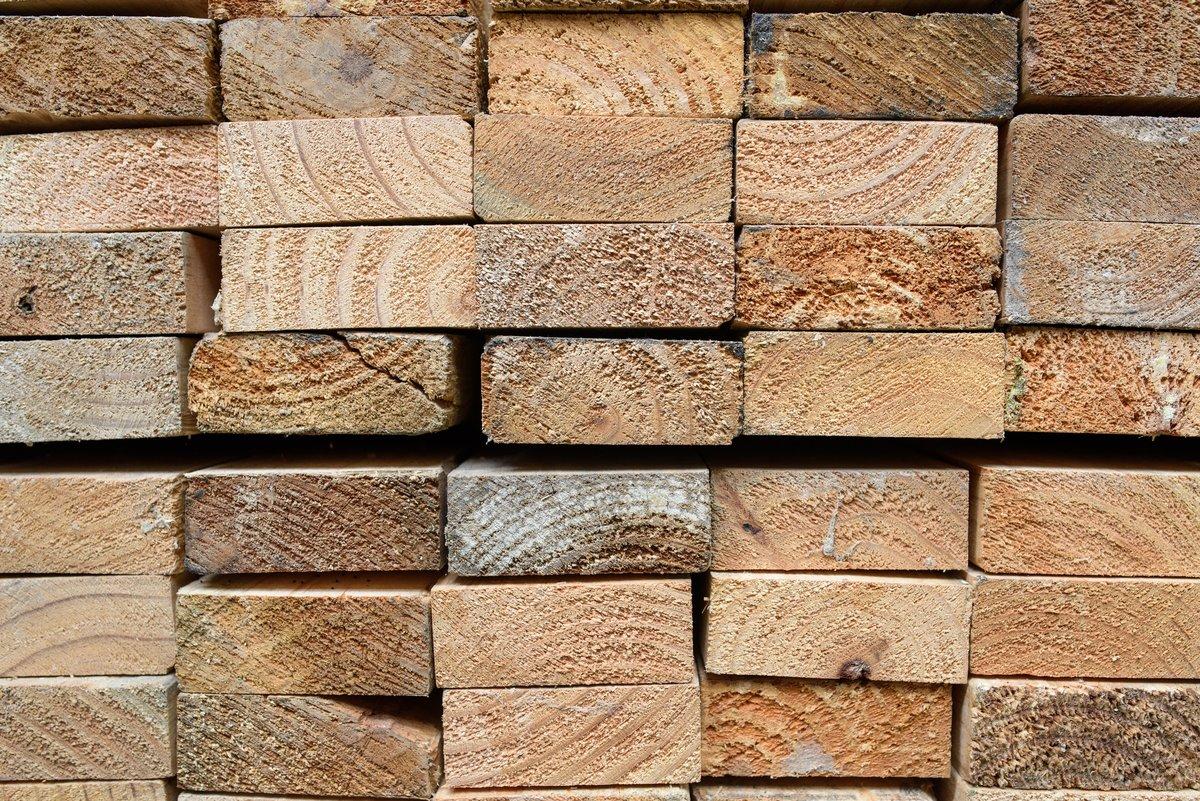AUTHORS: Martijn Vis (BTG)-Udo Mantau (INFRO)-Ben Allen-Roland Essel (nova)-J. Reichenbach (INTECUS)-P. Reumerman (BTG)-C. Blanke (INFRO)-Catherine Bowyer-Emma Watkins-Silvia Nanni-Sirini Withana-David Baldock-Michael Carus (nova)-Elke Breitmayer (nova)
Part of the transitioning of Europe towards a low carbon economy means using our resources more efficiently, reducing wastes and improving the recovery and recycling of materials. Minimising resources used and keeping existing resources in use for a long as possible is vital. Yet waste and the production of residues is an inevitable part of modern society. Re-utilising these wastes and residues as inputs to new products is therefore an essential part of improving the resource efficient use of biomass throughout its lifetime. Cascading use is a critical part of this picture.
Set within the context of the Bioeconomy Strategy and Circular Economy Package the “cascading use of wood” is the concept of improving the efficient use of resources through using residues and recycled materials to extend overall biomass availability.
As part of a broader study to define cascading use, the extent to which it is practiced in the EU and identify the barriers prevent it, IEEP analysed what measures would be necessary to improve cascading use in practice. The study found that to realise its full potential multiple barriers to cascading need to be overcome. These exist to both the provision and utilisation of wood and include technical barriers, such as cleaning of recovered waste wood; market barriers, such as the dependence on upstream products; and governance barriers, such as the lack of integrated approaches towards energy and material applications of biomass. Overcoming these barriers requires a mix of approaches depending on specific local circumstances. Identified measures to promote the cascading use of wood focus largely on the recovery of post-consumer wood, in line with existing circular economy and resource efficiency initiatives. However, further efforts are needed to address the current imbalance between material and energy uses of industrial residues where more significant potential for cascading exists.
The main report for this study can be found on the European Commission’s website.

